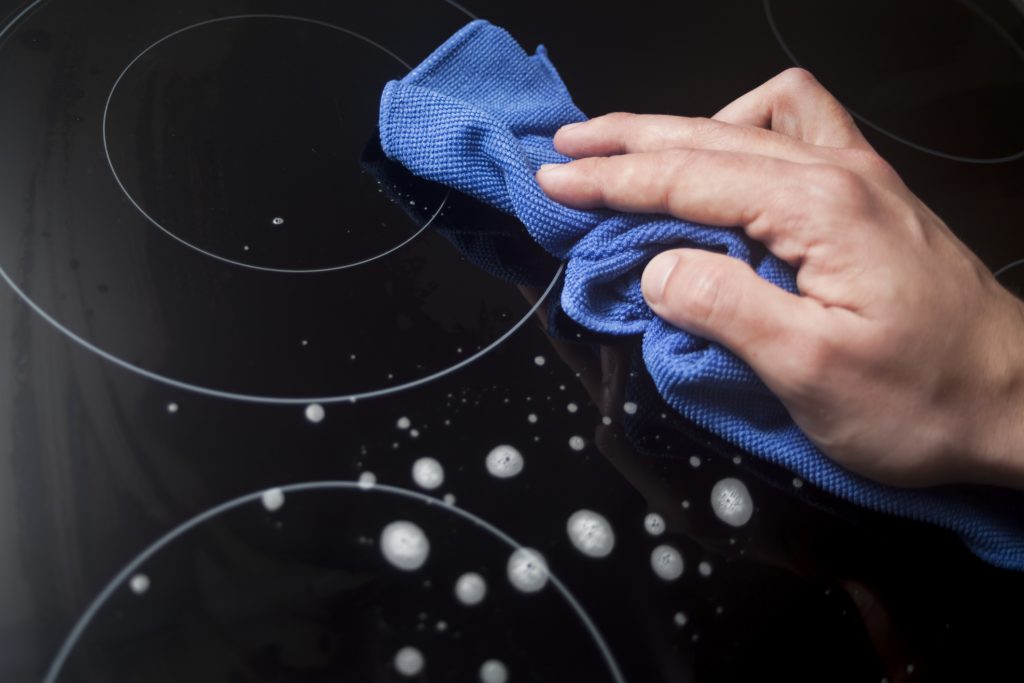Natural stone could add plenty of appeal to our house. It could offer a lasting beauty to our exterior. However, we should be aware that stones are essentially porous materials. Due to the porosity of stones, they could stain more easily. It means that stone could easily absorb the staining agent. In order to enhance the beauty of natural stone, we should know how to perform the proper care procedure. There are different kinds of stones and each contains different minerals and chemicals. The nature of staining substances could cause some stains to become permanent. The problem may occur when stains become too deep or too old. In this case, it is nearly impossible to remove the stain, unless we grind the surface if the stone.
It is important to know that some chemicals could actually cause stains to harden and impossible to remove. It is important to identify the type of stain as well as the proper removal method. Oil-based stain could be caused by cooking oil, tar, grease and oily food. Organic stains may include fruit, tea, coffee, tobacco and others. Metal-based stains are usually rust. Lichen, mildew, fungus and algae represent biological stains. Stains also have their distinctive color. Black stains are caused by asphalt, mold, fungus, oil, moss, shoe polish, tar, dirt, grease and ink. White can be caused efforescence, paint and fertilizer. Green could be bronze, copper, dyes, ink, mildew or algae.
The severity of stain may range from very light to very severe. Lighter stains can be removed with damp cloth and mild cleaning product. Moderate and severe stains require more effort to clean up. For permanent stains, we would nee the advice from professionals. Once we identify the type of stain, we should take the necessary steps. The most common way is to use poultice that can draw stains from natural stones. Poultice could be mixed with a special chemical and it’s applied to areas with stain. We should pour some water to the stained area to loosen it up. Poultice should be applied on the stone with about ¼-inch thickness. However, we should careful not to spill the poultice to non-stained surface of the stone.
Use food wraps to cover the poulticed surface and seal the edges. Keep it for up to 4 days to make sure that the poultice is completely dry. If the poultice isn’t dried completely, stain can’t be removed completely. Remove cover from the poulticed surface and rinse it with distilled water. If the stain is still there, we may need to repeat the process. For severe stains, we may need up to 4 applications of poultice. Organic stain can b removed with hydrogen peroxide mixed with a bit of ammonia. Ink stain should be removed with poultice. Metal stains should be removed with dry cloth and brush.
